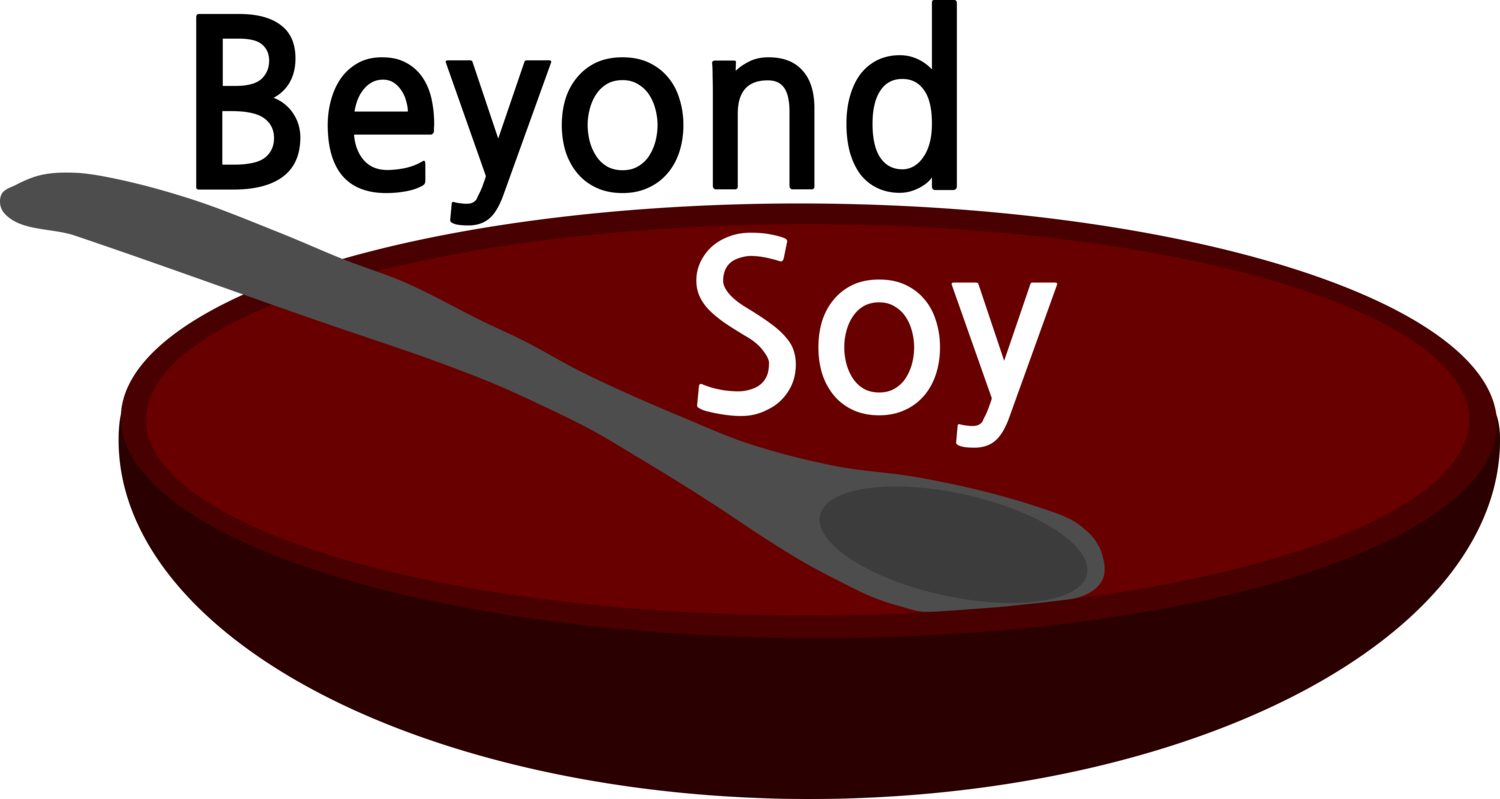Cooking Soy-Free 101
/Hello! Welcome to Beyond Soy!
Over the next two weeks, we will be covering the basics of cooking, baking, eating, and buying soy-free food. When we first started cooking soy-free food, Ashley and I had many struggles, false starts, and unintentional learning opportunities. We knew that we wanted to eat soy-free food, and we knew that meant that we had to cook a lot of it ourselves (at least initially).
We've learned a lot over the past few years and want to share that information with you! We know it can feel complex and complicated when first trying to cook soy-free meals. But the good news is that anyone can do it! With a little practice you can cook soy-free for yourself or others!
Image via pixabay
All it really takes are a few basic rules. They might not cover you in a few rare instances, but these rules will get you on a solid soy-free footing and will take the guess work out of cooking with a soy allergy or soy intolerance. Use our tips below to help when selecting what to cook and what ingredients to use. After selecting soy-free foods, always make sure you read the ingredient labels to ensure your food actually is soy-free.
The five places to watch for soy are: oils, butter, soy products, breads, and emulsifiers (chocolate, powders, non-stick spray, etc). The tips below are centered around these five areas.
Oils:
- Use canola oil or olive oil.
- Don't use vegetable oil--it almost always consists of soybean oil!
- Products with oil in them (pre-made sauces, marinades, mayonnaise, etc.) may contain soybean oil.
- Some packaged foods like beef broth and tuna may include soy products, so be sure to check the label!
Butter:
- Use real butter!
- Margarine is often made from soybean oil.
Soy Products:
- Avoid foods with "soy" in the title--no soy sauce (use coconut aminos as a replacement).
- Avoid edamame.
- Avoid tofu and miso.
Breads:
- If it is bread-like and comes in a wrapper it probably has soy!
- Most pizza, bread, boxed crackers, boxed cookies, and take-and-bake items contains soy.
- When in doubt, read ingredient labels! Soy isn't necessarily required to be called out as an allergen, so be sure to read the entire ingredient list.
Emulsifiers:
- Read the ingredients on powders and mixtures--seasoning packets and powdered lemonade often have soy lecithin.
- Be careful with chocolate! Almost all chocolate has soy lecithin in it.
- Most non-stick spray has soy lecithin in it.
Image via pixabay
Using the tips above, cooking soy-free food shouldn’t be challenging. It just takes a little more awareness of what is in each ingredient.
This post is the first of our Soy-Free 101 series. Check back in the coming weeks for more information on baking, eating, and buying soy-free food!










